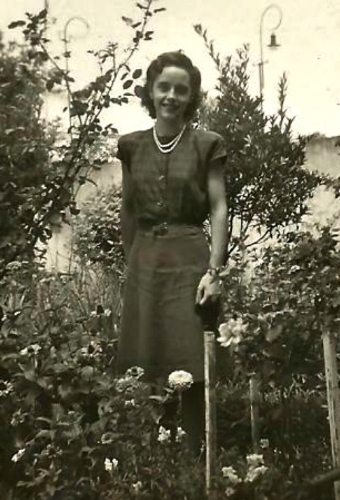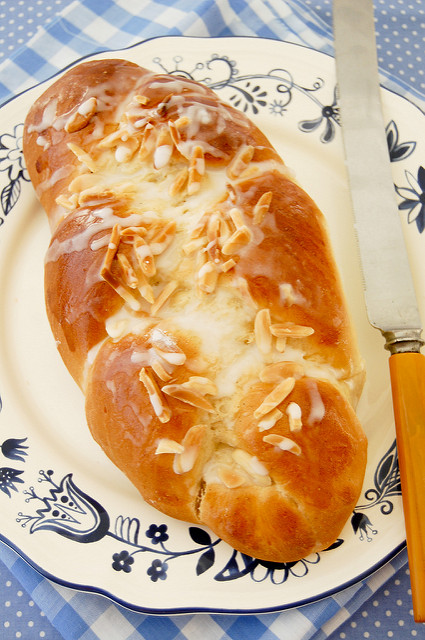How to Fry Dumplings
Don't fry the dumplings. Ask your wife, mother of four children and keeper of four more, to make the dumplings. She, along with your daughters, are the only ones who know how to cook. She will ask you what you want, and you will tell her, "Fry dumpling, saltfish, an' callaloo." Don't forget the callaloo.
You are bedridden and cannot move without help, so you can't watch her make breakfast in the kitchen. But you can picture her taking out the flour, salt, baking powder, and water. She will pour the water in little by little, mixing and forming dough with her hands. The wet dough will stick to her fingers until she adds more flour. She will knead the dough into a soft, firm glob the size of a boulder. She has many children. She will probably make more.
She will take out a pan and fill it with oil she bought from the market. She will turn on the cheap gas stove, then take out a chunk of saltfish. Have half a mind to call her, tell her to pick an ackee from the tree and cook that as well, but decide not to. You're in too much pain.
She will cut the saltfish into little shreds and put it in the hot oil. She will chop up onions, green onions and tomatoes, and add it in later. She will take out the callaloo and boil it in another pan with salted water. Your children hate callaloo, but eat it anyway. Anyone who wastes food will get the belt for their own beating.
Your wife will take small chunks of the dough apart, roll them into flat circles, then put them in a third pan full of hot oil one at a time. She will not lose track of the other things. She will do this until the boulder of dough becomes a mound, then a stone. Somewhere in between, she will take off her slipper, and kill the cockroach hiding in the corner with one good slap.
When everything is finished, your wife will bring you a plate of food. Everyone else will eat at the table. The dumplings will be crisp, the saltfish seasoned well, and the callaloo will be soft. Your son Gary, your son Andrew, and their friends will stop to eat before going to work. Your daughter Fiona is here, and she has your granddaughter in tow. The house will smell of dumplings and family.
This will repeat every weekend, with different foods, for the next four years. You will do many things for the last time. You'll look your granddaughter in the eye and smile after she tells you, in her little pink dress and little blue voice, that one day she'll be a doctor so she can make you feel better. You'll know that you'll never grow old enough to see that happen. You will wither into a trampled plant clinging to life, but your smile will not fade when your granddaughter looks at you.
Now die, and leave them all behind. Don't worry. Your granddaughter knows how to make fry dumplings.
Alyssa Pringle (she/her) is a first-year college student full of words and willing to share them. From Jamaica originally, Alyssa moved to California at the age of nine. Her favorite breakfast is, and forever shall be, fried dumplings.























